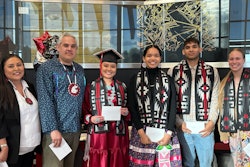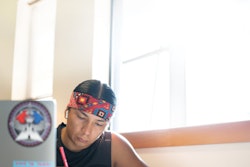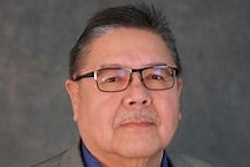Native American representation in the financial industry is critical to the sovereignty of tribes and their continued economic growth. Building this diverse representation within banking will take deliberate and intentional efforts across multiple sectors, including higher education.
The goal can be achieved by mirroring the systems of support that increased the proportion of Native American lawyers in the U.S., which moved the needle significantly from the 1970s to today, increasing the number of Native attorneys from a few dozen to 2,500.
That’s according to a new case study released by The Aspen Institute Financial Security Program, a branch of the nonprofit organization focused on building a more inclusive economy, and financial organization Wells Fargo and Company, which assessed the supports needed to propel three Native American lawyers and one banker into their careers and beyond.
 Joanna Smith-Ramani, co-executive director of the Financial Security Program at The Aspen Institute.
Joanna Smith-Ramani, co-executive director of the Financial Security Program at The Aspen Institute.
“In a country where demographics are changing and so much of our life is financialized, we won’t have a thriving country if a large percentage of Americans aren’t benefitting,” said Smith-Ramani. “What does that mean for the strength of our communities and economy? It has a bunch of implications for those for whom the system doesn’t work.”
Ultimately, by reaching out and connecting with tribes, by providing allyship, mentorship, and internship opportunities, and by connecting with professional initiatives or programs, postsecondary institutions can engage in the multi-sector work of lifting Native American students, and their communities, to financial security.
The study urged industry leaders to start acquainting young Native Americans to financial career opportunities early on, well before they enter higher education. After they enter a postsecondary atmosphere, students still might not fully understand what careers are available through certain pathways. The study urges the intentional creation of pipelines and a broadening of horizons for young Natives to help them understand how their futures, and the future of their tribes, can benefit from connections to the financial world.
















